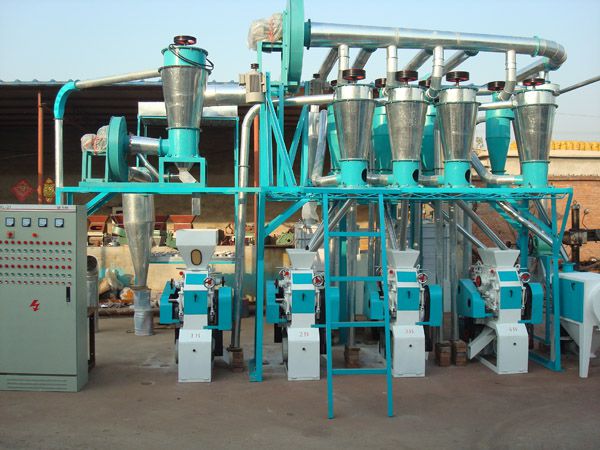Flour is a useful recipe in our daily lives. There are different types of flour that people consume, and they range from different raw materials used during milling processes such as wheat, rice, corn, cassava among others. A small flour mill processing plant is essential to any factory that has a stable capacity per day. Most importantly, it is advantageous for small industries with long-term investment plans, high production line, smooth and reliable distribution channel, and flexible workforce. It is ideal right from the reception of raw materials, through all the milling phases to finished products. A milling machine can mix multiple ingredients to make nutritious end products; and this is a big plus for starting a small plant.
With the advanced technological support and customized design, flour producers can reap good fortunes from the plant and enjoy high returns on investment. Usually, the design and ergonomics of the milling plant offers flour milling control platform with a clear picture of overall milling production. The platform offers reliable milling information with regard to gluten, ash, protein, water absorption, moisture, and other key parameters. By setting up the key parameters accordingly, consumers are assured of purchasing quality and healthy products. Therefore, operators can improve the consistency of the entire milling process and mostly the final products. An instruction manual is necessary in operating the machine to ensure safety of operators.
20TPD small flour processing plant

An ideal small flour milling plant can be relied upon to deliver the beat and accurate results in the overall milling process. There are three major components that ensure the whole milling process is accurate and to the point. They include the following:
Depending on the packing requirements, the packing part can be either auto or manual. The design ensures the machine operators manipulate the packaging requirements and design of the final product according to the consumers’ tastes and preferences.
By considering the cost and capacity requirements as the very first factors of starting a plant, it can be said that there are great fortunes in store for the business. Investing in a small flour mill machine is important because of the initial costs and long term benefits. With low energy consumption, less input, and higher quality products among other factors, an investor can research on the best manufacturing company online or locally to supply him/her with the equipment. Collecting enough and useful information about numerous suppliers can help make wise decisions before purchasing the equipment.